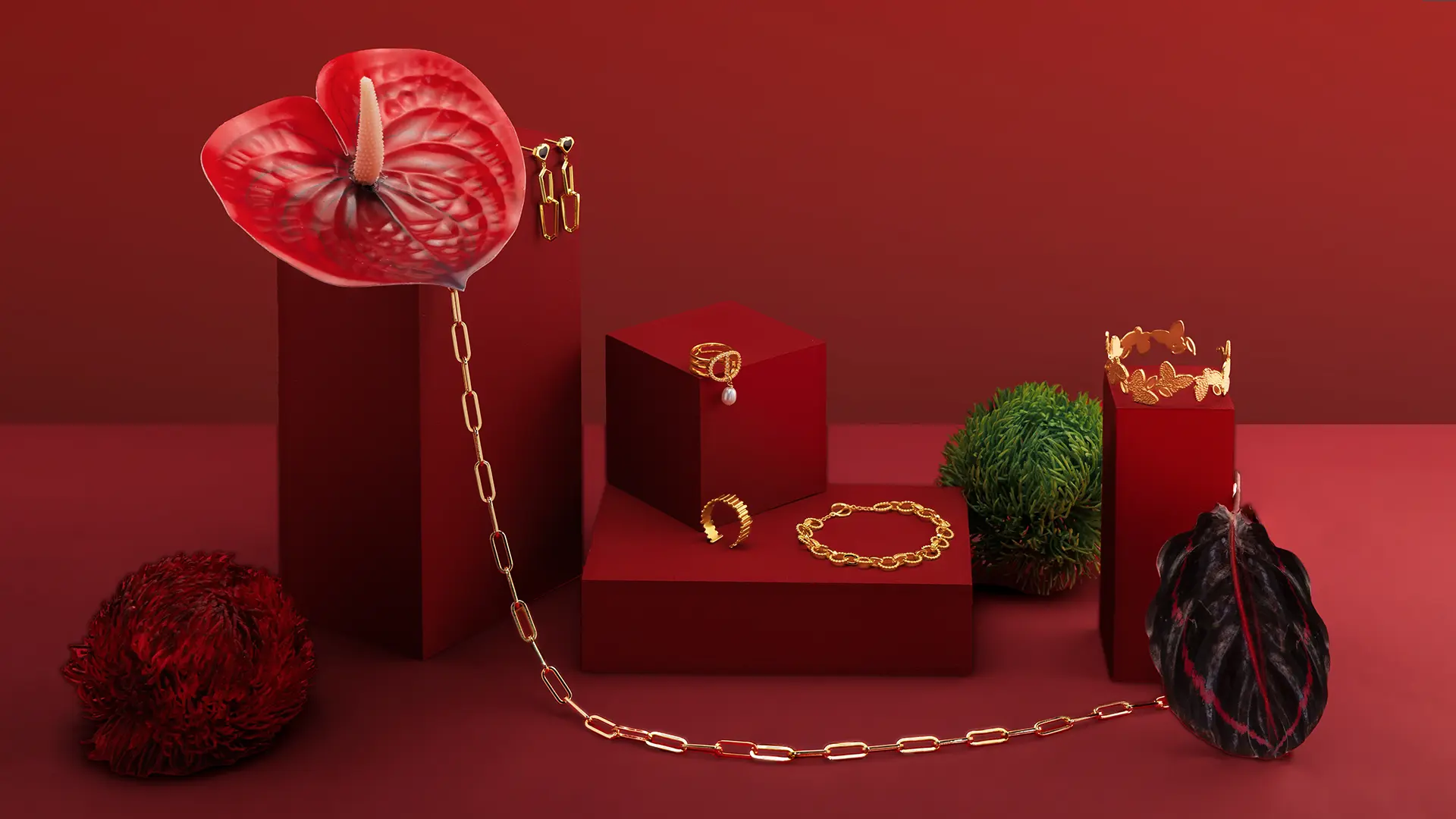- Home
- Lab-grown Diamond Jewelry
Custom Radiant & Ethical Lab-grown Diamond Jewelry for Your Brand
As a leading custom lab-grown diamond jewelry manufacturer, we offer D–F grade lab-grown diamonds (real diamonds, but more eco-friendly) paired with premium gold or silver to bring your designs to life. We promise exceptional cutting that maximizes brilliance, so every piece you create is ethical, eye-catching, and unmistakably yours.
- Zero mining, 100% conflict-free sourcing, and sustainable production
- Same brilliance, hardness, and fire as natural stones at 90% less cost
- 1:1 Custom on designs that reflect your style and brand aesthetic
Man-Made Diamonds, Quality-Centred Production
It’s a less-known fact in the diamond industry(including both natural & lab diamonds) that the grading process can be a bit subjective.
Besides the 4Cs standard, we painstakingly examine each stone and ask ourselves, “Is this a diamond I’d put on our clients’ jewelry?“
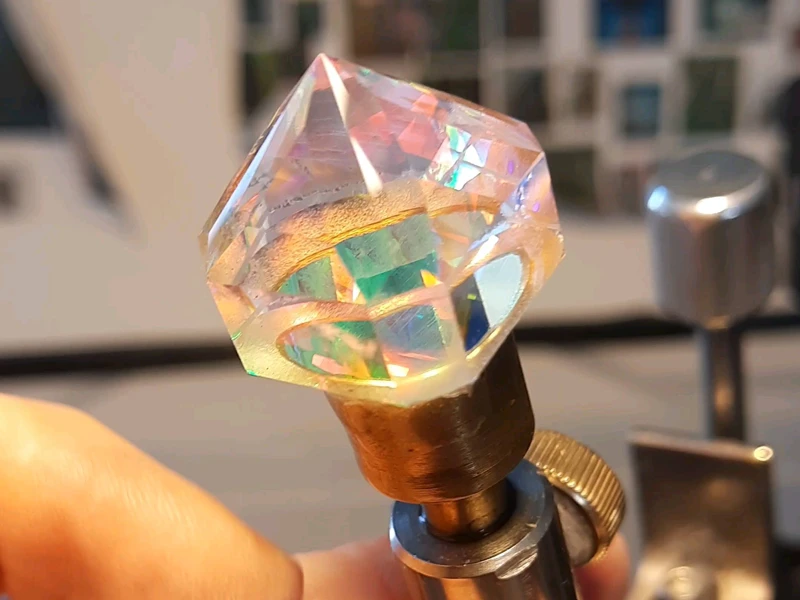
Excellent Cut, & Cutting for You
Excellent polish ensures no scratches or flaws, perfect polish on all 57 facets. Excellent symmetry means every facet’s angle is perfectly aligned. We make sure the cutting is of the highest quality, and fit for your design as much as possible.
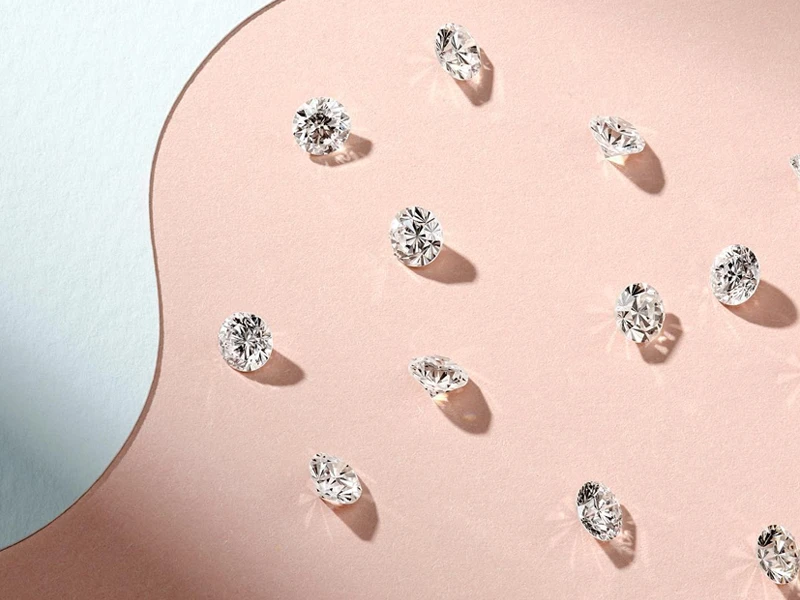
Strict Color Grading
Our diamonds under 0.20 carats achieve the highest colorless grades, ranging from D (completely colorless and extremely rare) to F (colorless and rare). Colorless diamond is one of the basics for shine.

Extreme Clearity for Every Stone
It’s no surprise that we choose only the purest and most flawless diamonds. Therefore, considering clarity is crucial, regardless of the diamond’s size and shape. Like color, clarity also defines how shiny a diamond can be.
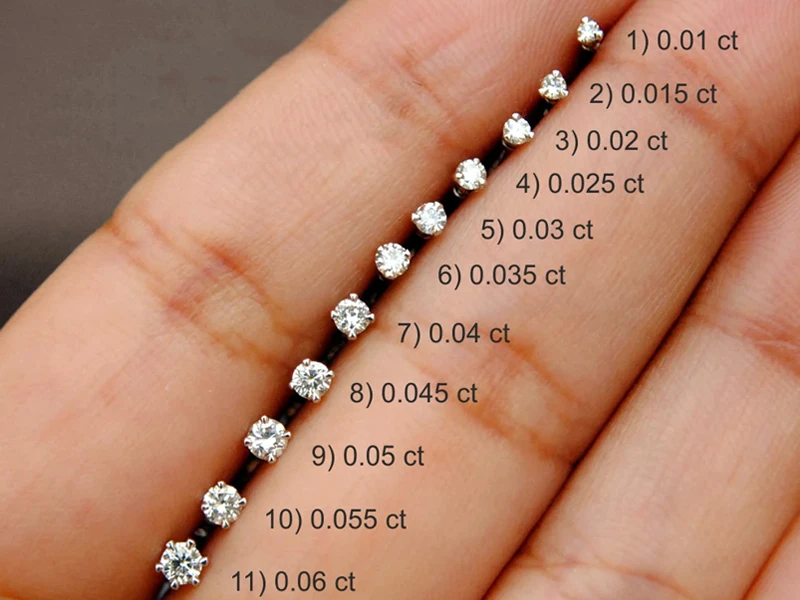
Best carat Weight, And Biggest
We promise value for price. Our diamond cutter’s top priority is to maximize the diamond’s carat weight. Larger diamonds are rarer and more valuable, with prices rising exponentially as carat weight increases.
Inspired Jewelry Collections Curated with Lab-Grown Diamond and Gold
We believe that diamond jewelry is only ethical and environmentally friendly when combined with eco materials. From statement pieces to everyday sparkle, our custom lab-grown diamond jewelry is crafted to meet your brand’s unique style, standards, and audience.

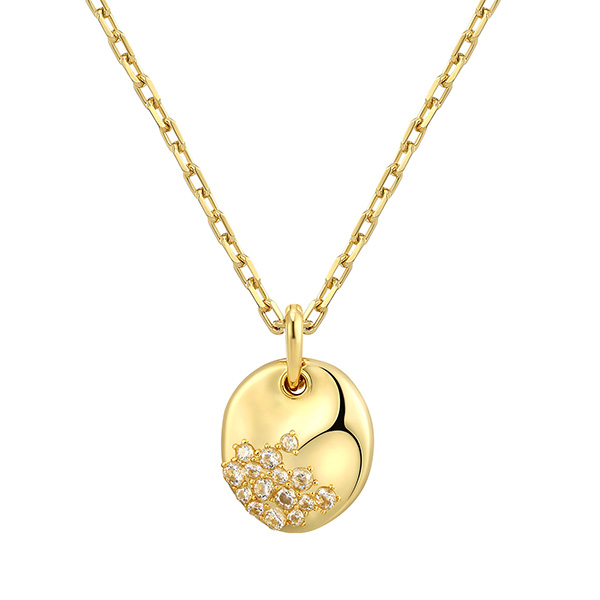
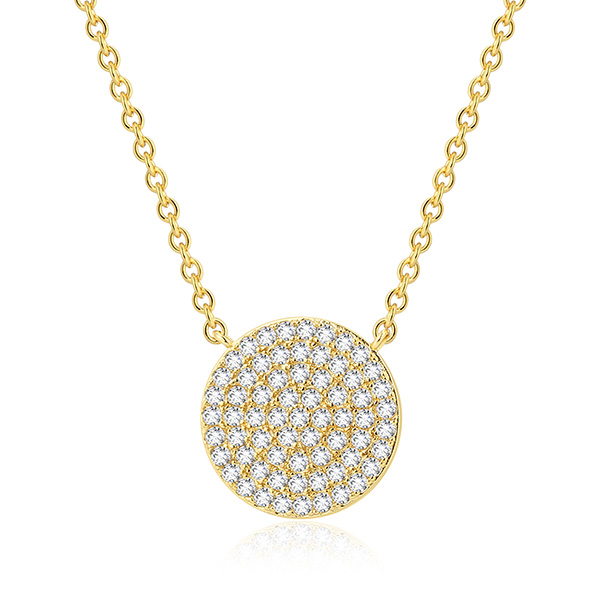
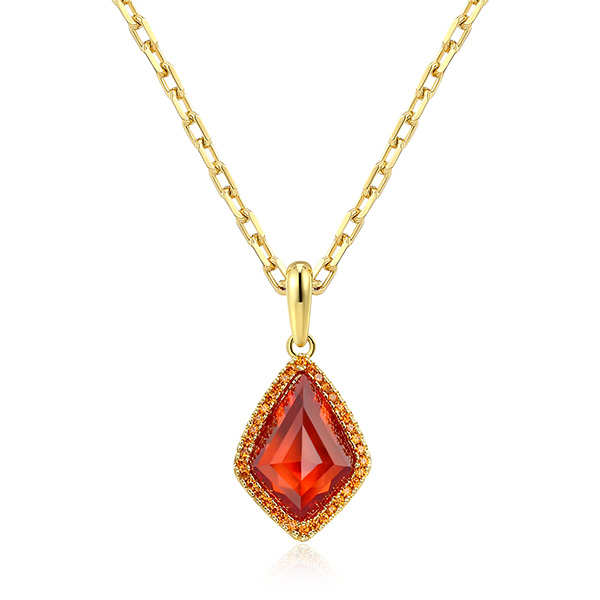
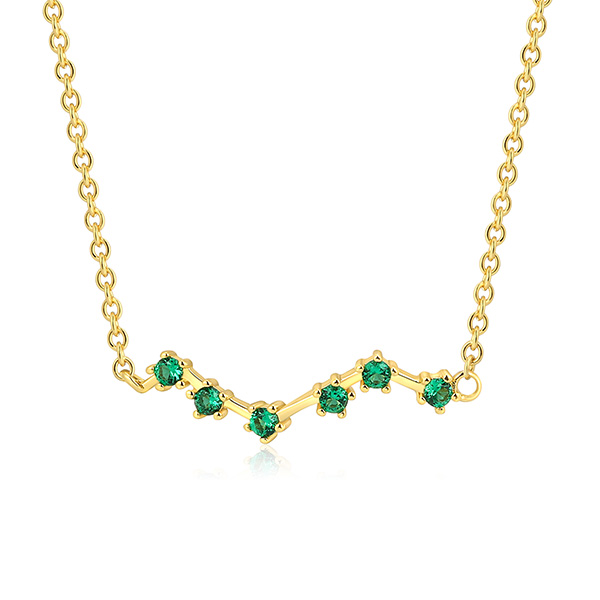


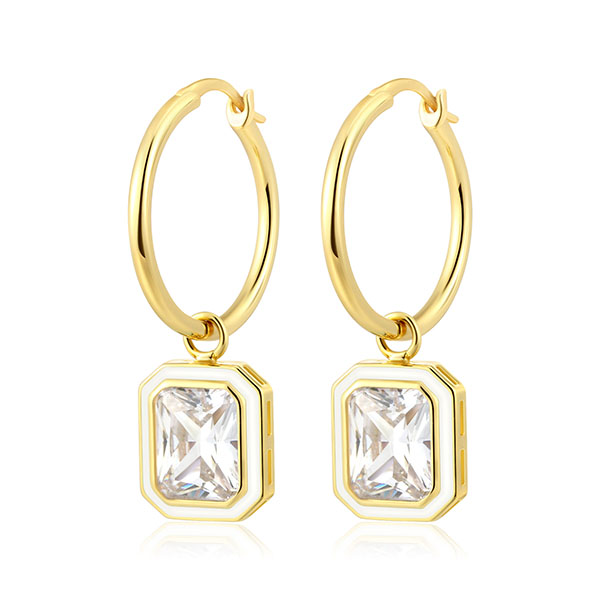

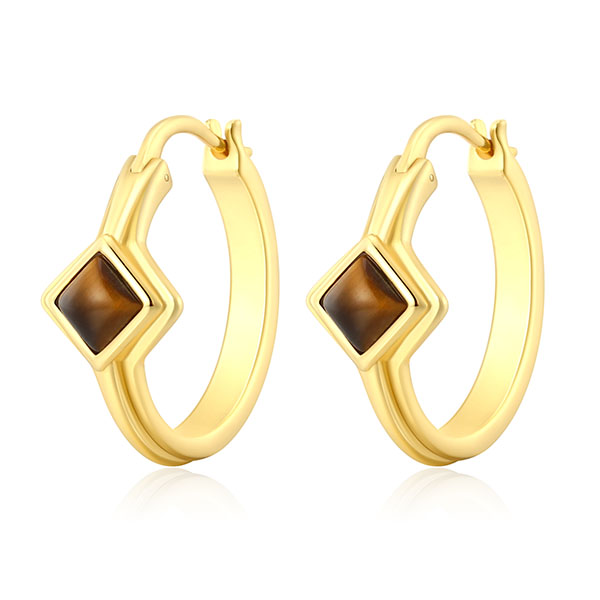
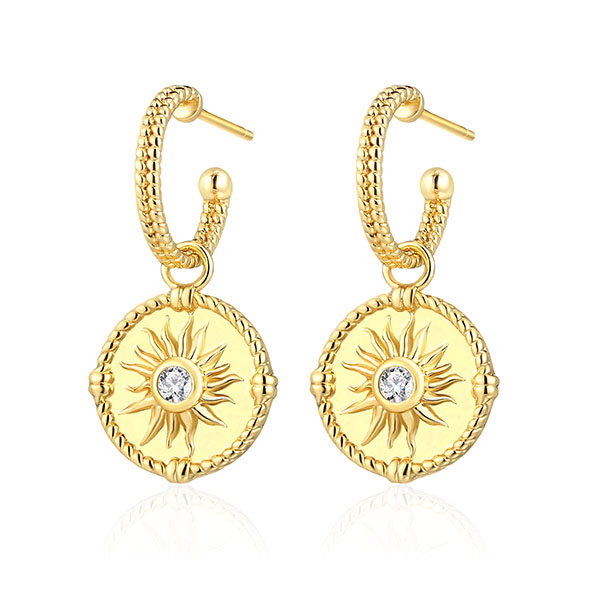
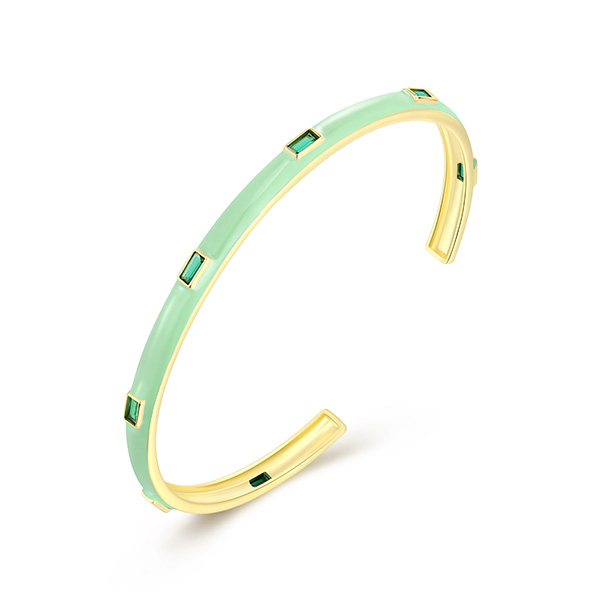
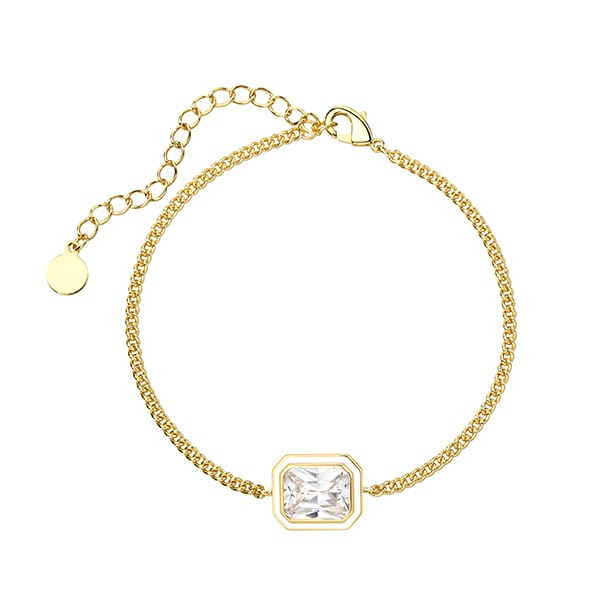
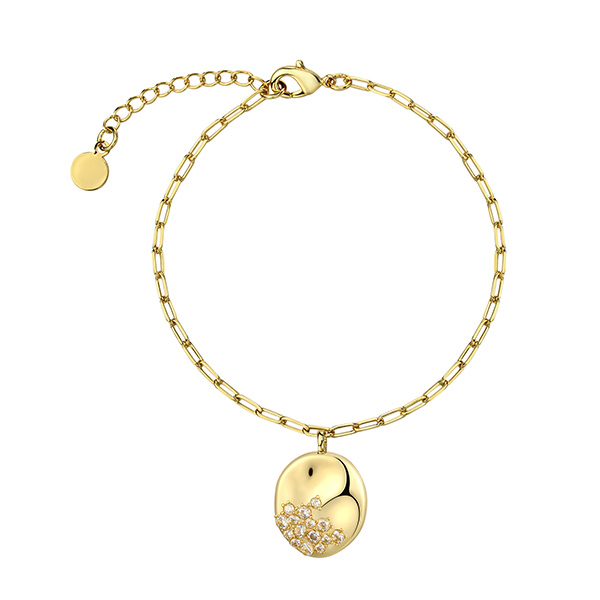
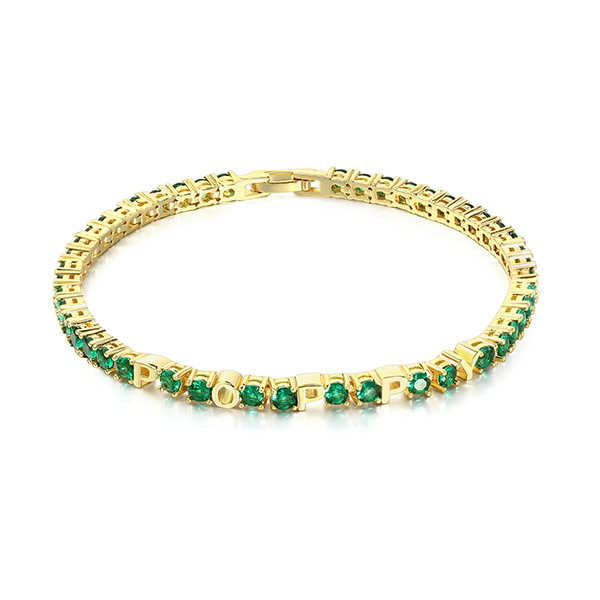
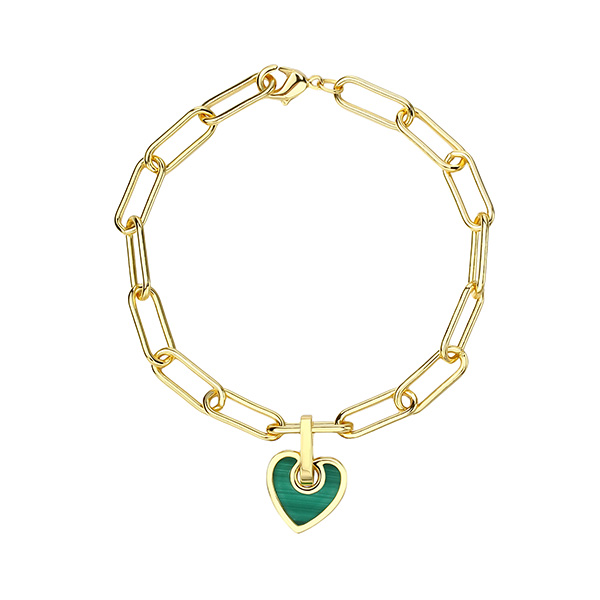
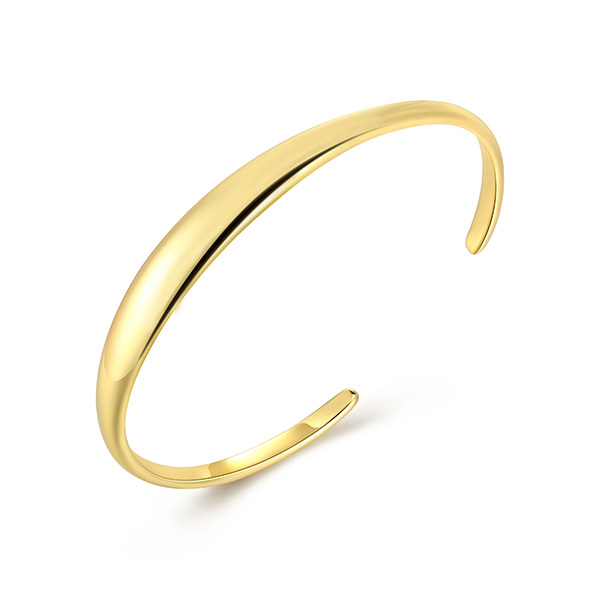
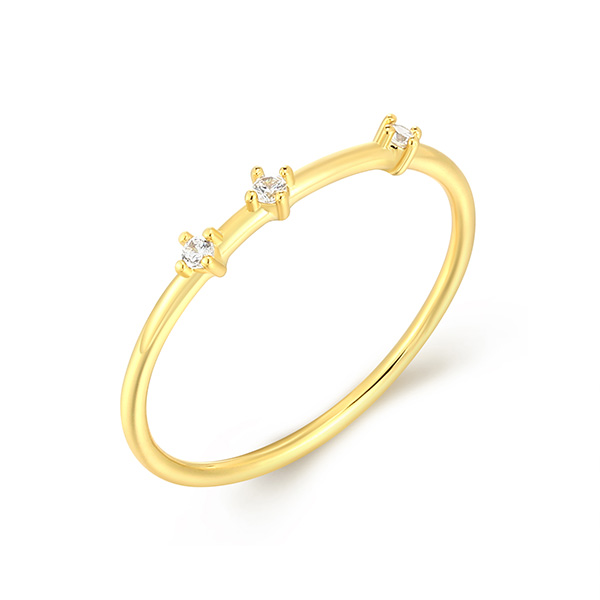
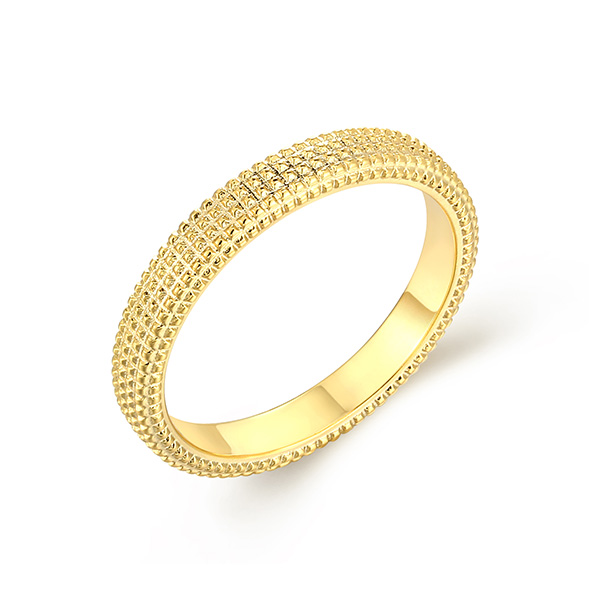
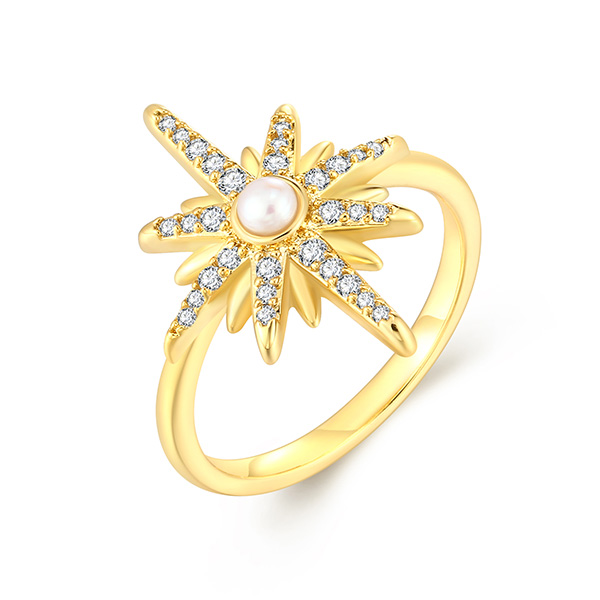

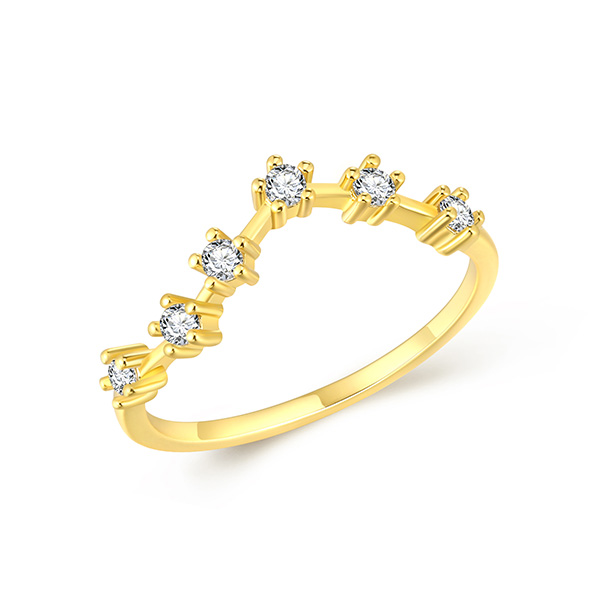
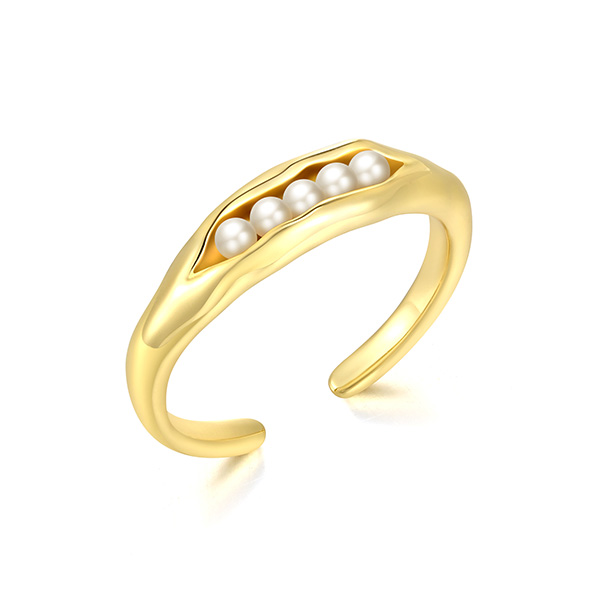
When Diamond Jewelry Meet Our Designer
From design to jewelry building, we want to offer the best resource possible. Whether it’s stone cutting styles, diamond size & grade, setting style, the metal base… anything to make a piece of good diamond jewelry. You can always get help from our designer and engineer expert team. Even not an expert, you can build successful diamond jewelry line any time.
DIAMOND SIZE & GRADE
Graded to Glow, Sized to Impress
Diamond size and grade refers to the key characteristics that determine a diamond’s value, appearance, and overall brilliance. From delicate accent stones to bold, eye-catching centerpieces, you can choose the perfect combination of size and grade that fits your design vision, brand aesthetic, and pricing strategy.
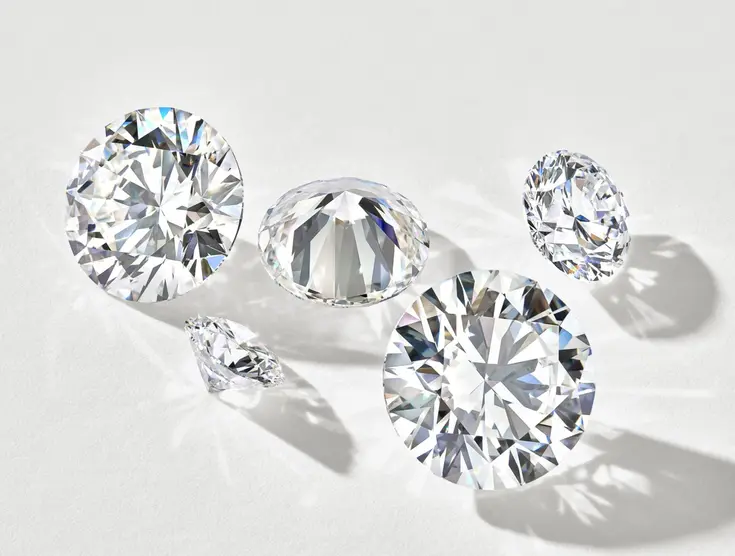
We Offer:
- Carat Sizes from 0.01ct to over 5ct
- Color Grades: D to F (Colorless, top-tier only)
- Clarity Grades: VVS1 to SI2 (No visible flaws to the naked eye)
- Lab-Certified Stones: IGI or GIA certification available upon request
DIAMOND CUTTING
Stone Cutting Styles Shape the Sparkle
People often use the terms “cut” and “shape” interchangeably, mistaking the cut for the diamond’s outline rather than the facet arrangement that creates its sparkle. Round is the most popular shape used in diamond jewelry, while all other outlines are known as fancy shapes. Choose the cut that fits your aesthetic, audience, or brand story. Each cut is crafted with precision to enhance brilliance and character.

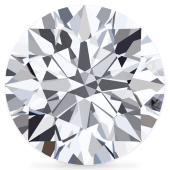
Round

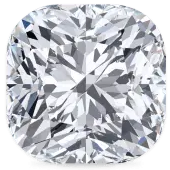
Cushion

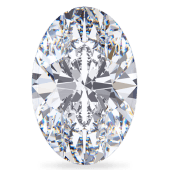
Oval

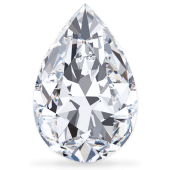
Pear

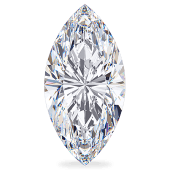
Marquise

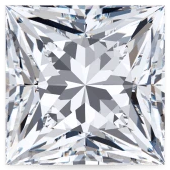
Princess

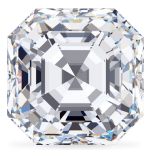
Asscher

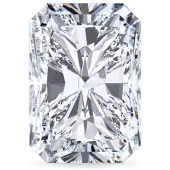
Radiant

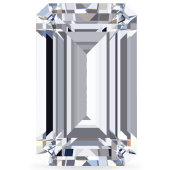
Emerald


Heart
DIAMOND SETTING
Hold the Sparkle, Define the Style
There are many ways to put a diamond onto a piece of jewelry, and the best way is the one that keeps the stones firmly in place while maximizing their beauty. By opting for different setting styles, you get full control over more than how the jewelry should look but also the way it’s structured.
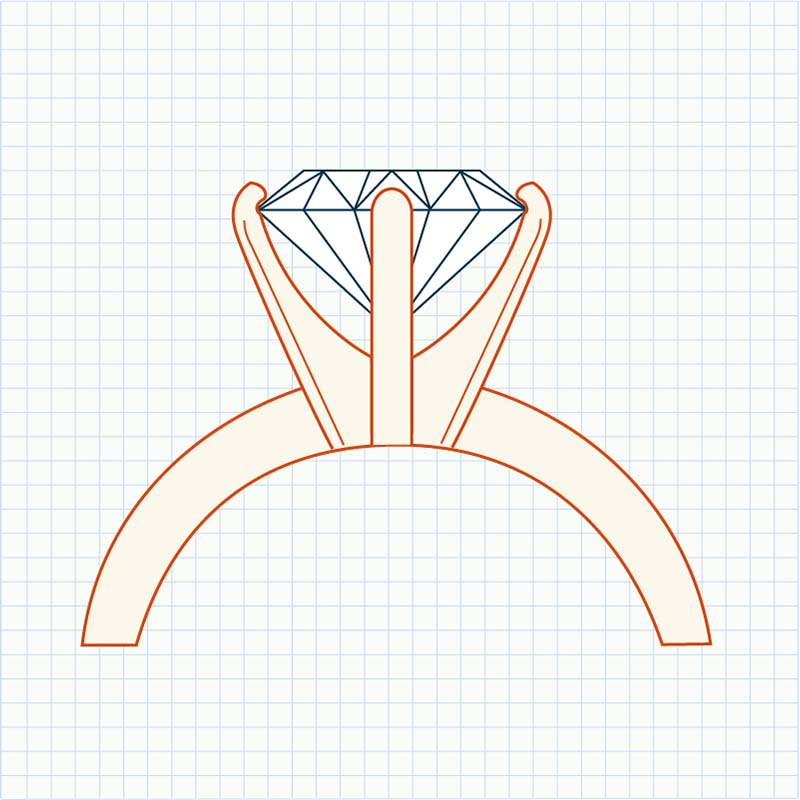
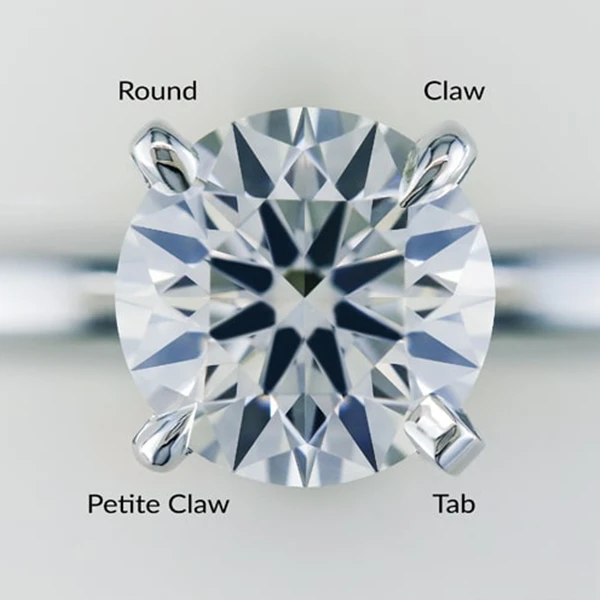
Prong Setting
Prong setting is to use small claws or prongs to hold the stones in place, and typically there will be 4 or 6 prongs, securing the stones while allowing maximum light exposure to enhance their brilliance.
- Solitaire Stone Ring
- Halo Setting Ring
- Side Stone Ring
- Higher risk of snagging
- Less suitable for irregular shape stone
- Potential for dirt accumulation
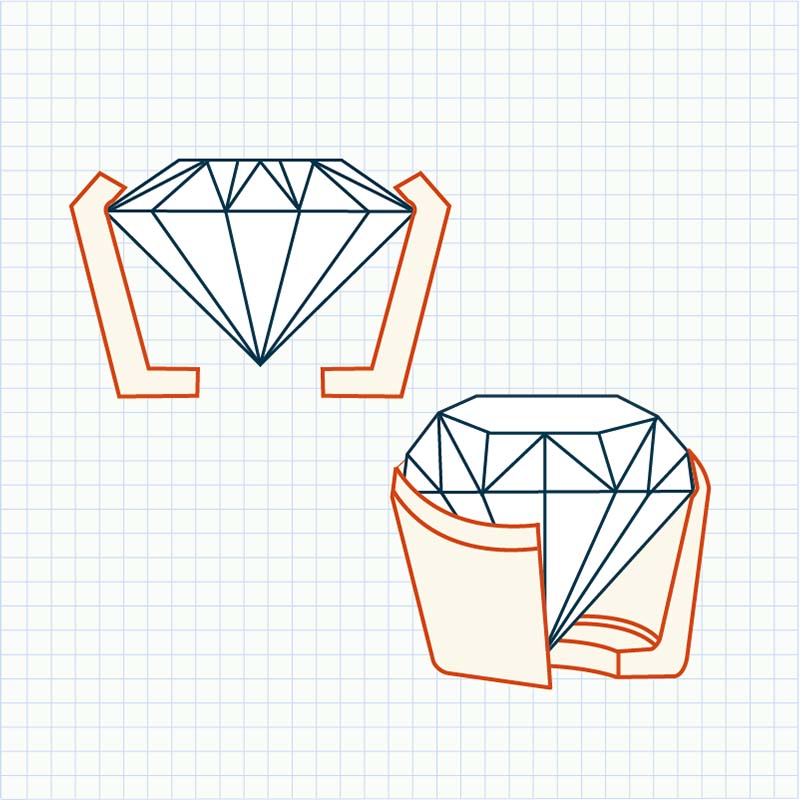
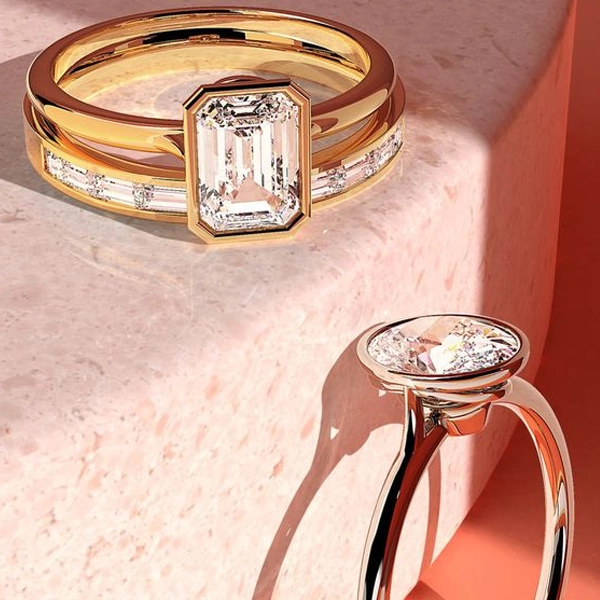
Bezel Setting
The bezel setting means to encircle the diamond with a thin metal rim(in this case, gold). The metal part provides protection and minimizes the risk of snagging. This setting is particularly favored for its durability and security.
- Pendants, Earrings, Bracelets
- Solitair Rings
.
- Reduce light reflection
- Less versatility
- Higher metal cost
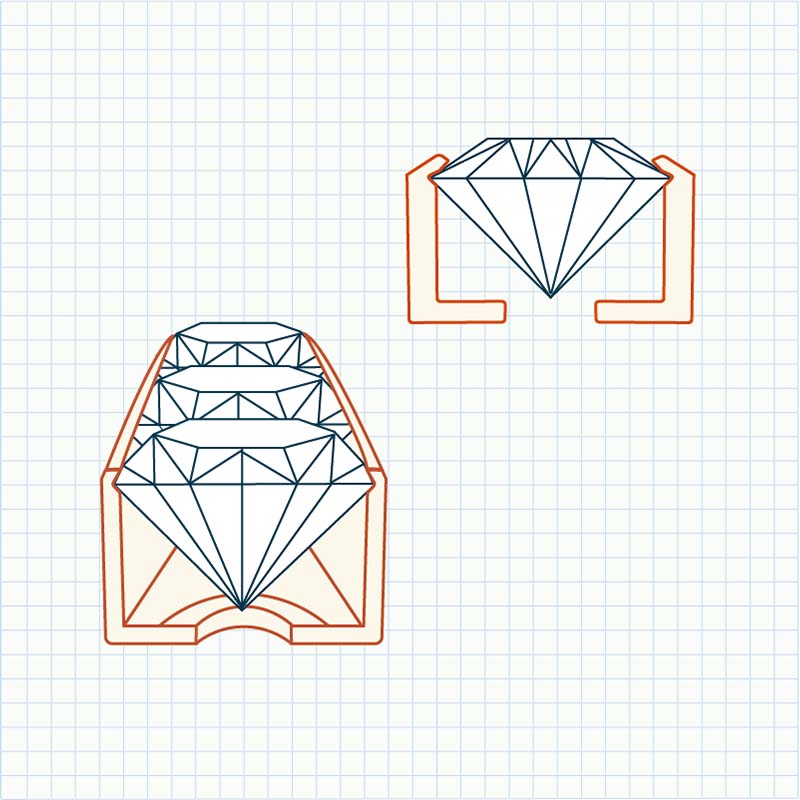
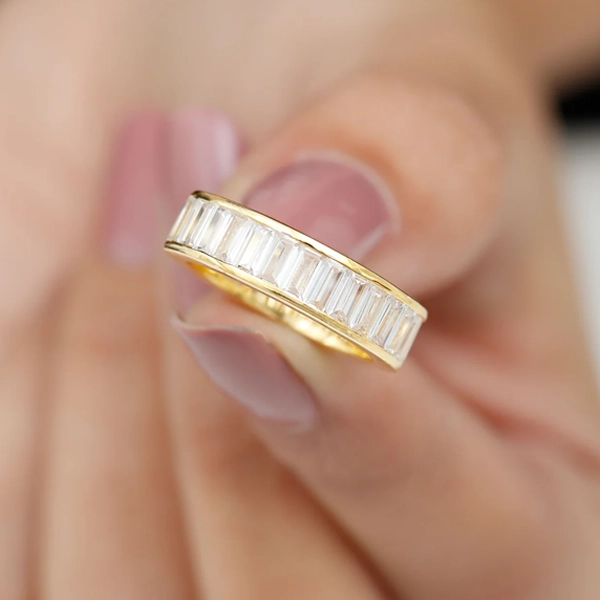
Channel Setting
A channel setting secures diamonds within a groove in the band, creating a smooth, polished look. The diamonds are nestled securely with minimal metal showing, maximizing sparkle.
- Eternity Band
- Decorative Side Stones
.
- Difficult to clean
- Limited Stone Selection: only uniform stones

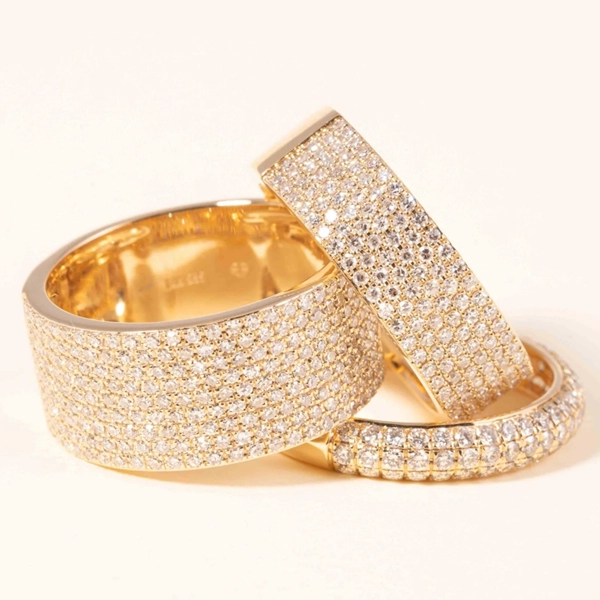
Paved Setting
The paved setting features tiny diamonds closely set together, resembling a cobblestone path. It creates a dazzling, sparkly surface with minimal metal showing.
- Tennis Bracelet
- Paved Bands
- Hard to resize
- Higher risk of loosing stones
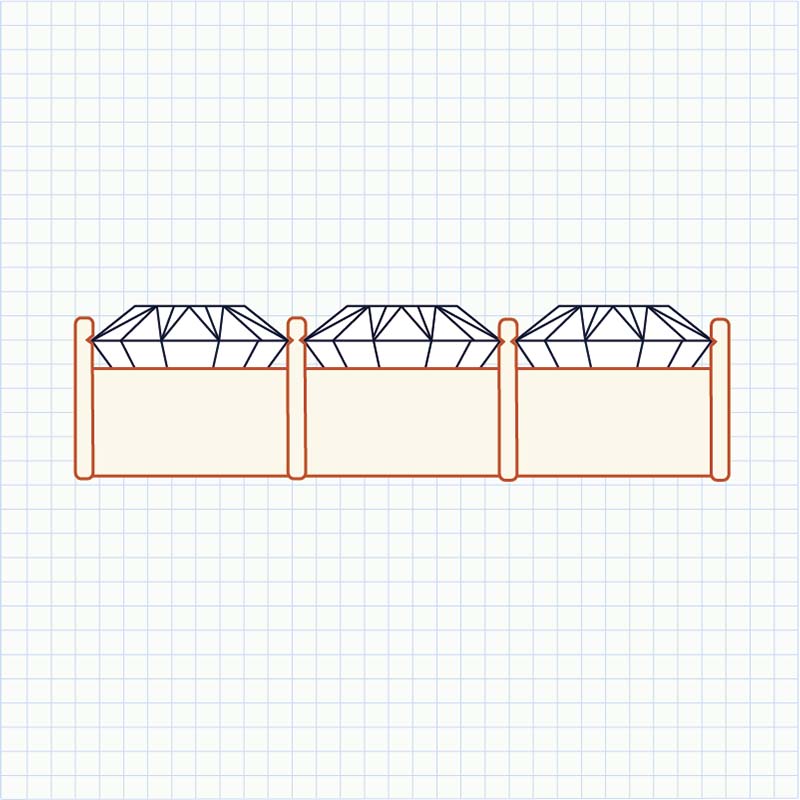
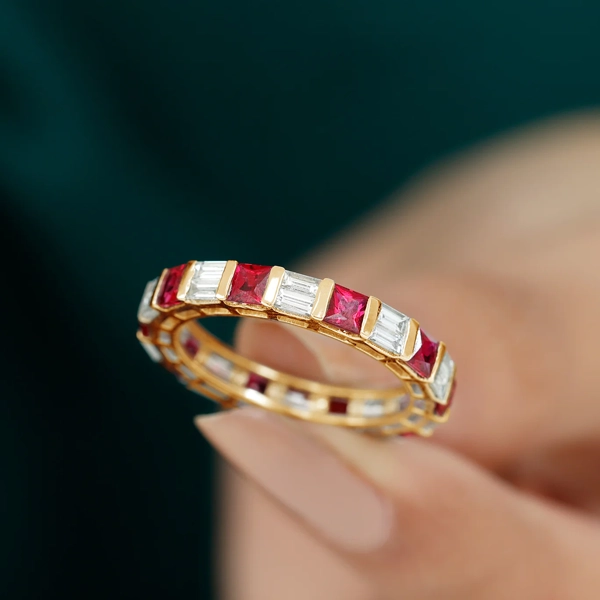
Bar Setting
Bar settings use vertical bars of metal to hold diamonds on either side. This lets in lots of light for brilliance but leaves two sides of the diamond exposed.
- East-West Ring
- Tension Set Ring
- Increased risk of chipping
- Hard to resize
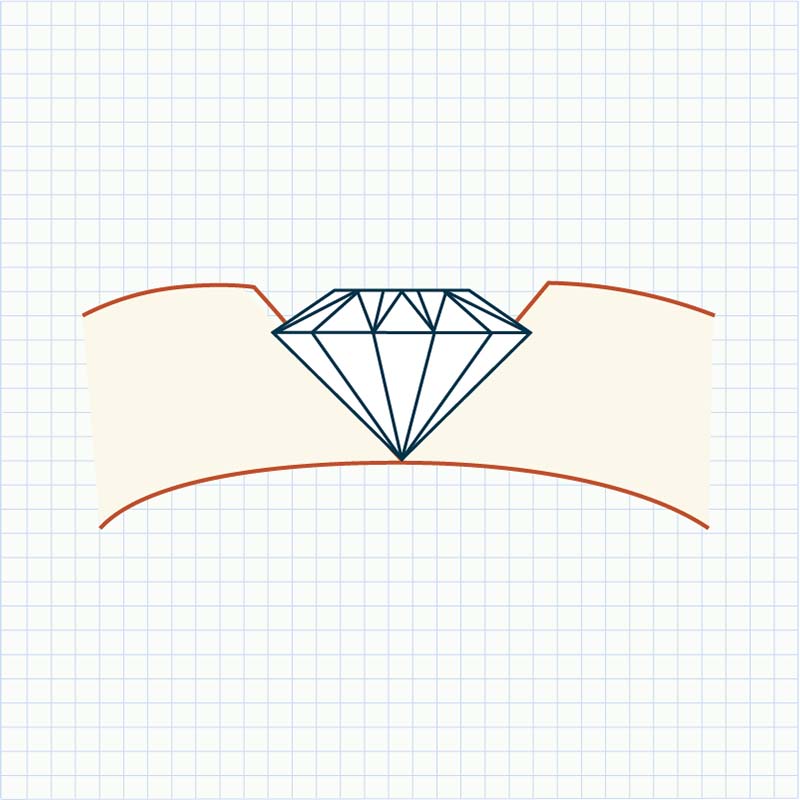
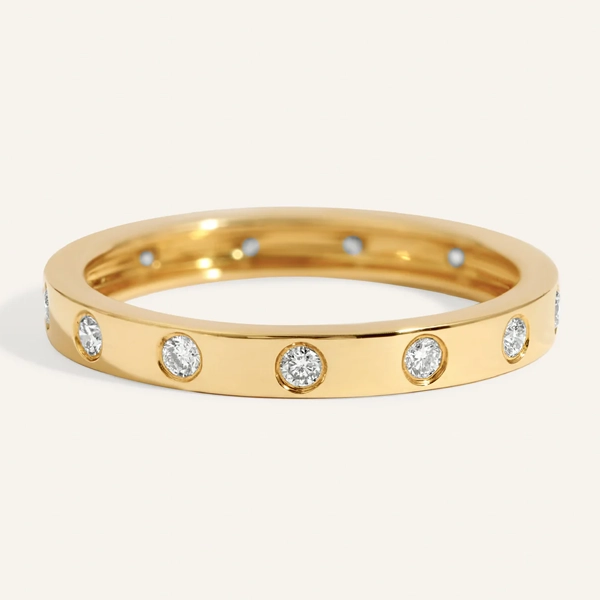
Flush/Gypsy/Inset Setting
A flush setting holds a diamond nearly flat with the surrounding metal. It provides a snag-free, low-profile design that showcases the diamond’s brilliance without prongs or a raised bezel.
- Minimalist jewelry
- Stacking rings
- Wedding bands
.
- Limited light performance
- Limited stone selection
The Diamond 4Cs: Total Transparency in Buying Process
Every lab-grown diamond we use is selected with purpose and graded with precision. The 4Cs aren’t just technical specs—they’re the language of quality, and the foundation of every dazzling piece you create with us. In the 1940s, GIA established the “4Cs” and the International Diamond Grading System™—which remains the global standard for evaluating diamond quality to this day.

Cut – Where Light Comes to Life
Cut quality is the factor that fuels a diamond’s fire, sparkle and brilliance. The secrete behind the sparkle is brightness, fire, scintillation, polish, weight ration, durability and symmetry. We prioritize Excellent and Very Good cuts to ensure your stones radiate fire, brilliance, and beauty from every angle.
Diamond Cut Grading
- FL: No inclusions or blemishes under 10x magnification.
- IF: No internal flaws; only minor surface blemishes visible under 10x.
- VVS1, VVS2: Inclusions are extremely difficult to see, even under 10x.
- VS1, VS2: Inclusions are minor and hard to detect with a loupe.
- SI1, SI2: Inclusions are noticeable under 10x and may be visible to the naked eye.
- I1, I2, & I3: Inclusions are obvious and can affect transparency and brilliance.
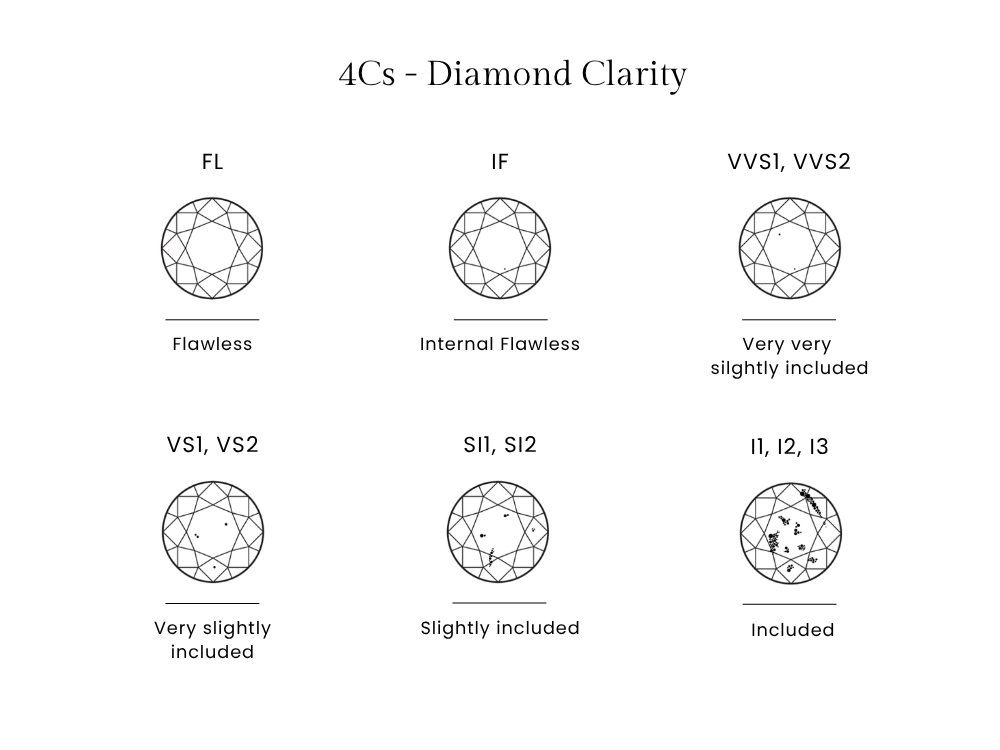
Clarity – Flawless to the Eye
Clarity measures internal and external imperfections. The best diamond shapes for hiding inclusions are brilliant cuts in round, cushion, oval, radiant, or pear forms. You can choose diamonds with clarity grades as low as SI1 or SI2 with these shapes. Any brilliant cut diamond with a grading of VVS2 or higher should meet your needs, but look for VS2 or higher for step-cut diamonds.
10× magnification
- FL: No inclusions or blemishes under 10x magnification.
- IF: No internal flaws; only minor surface blemishes visible under 10x.
- VVS1, VVS2: Inclusions are extremely difficult to see, even under 10x.
- VS1, VS2: Inclusions are minor and hard to detect with a loupe.
- SI1, SI2: Inclusions are noticeable under 10x and may be visible to the naked eye.
- I1, I2, & I3: Inclusions are obvious and can affect transparency and brilliance.
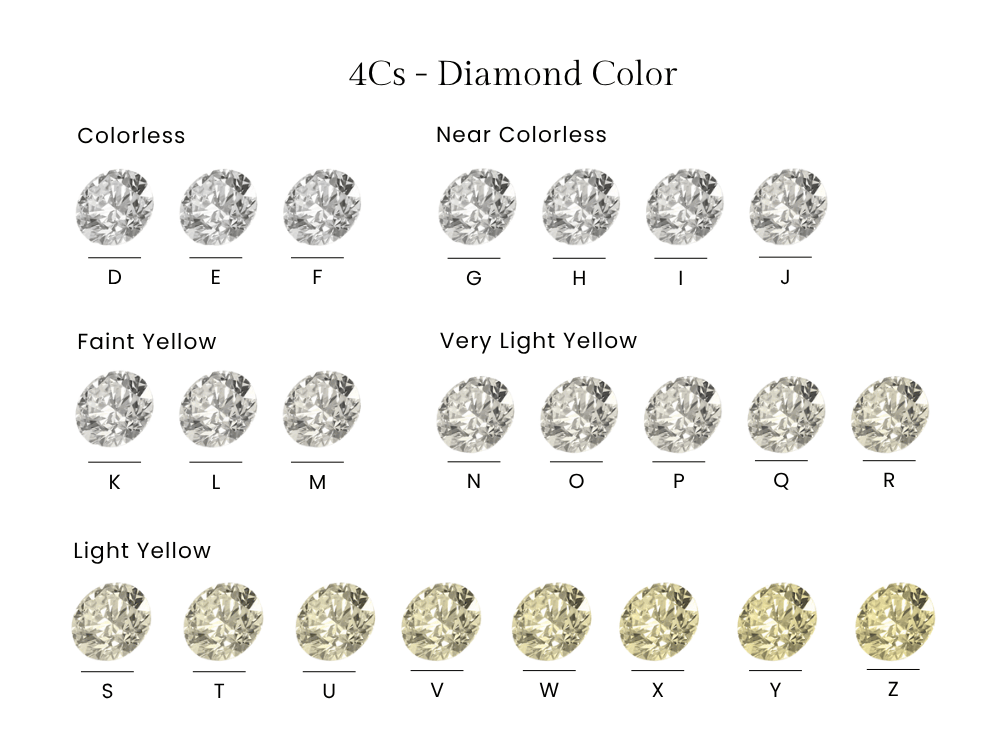
Color – True to White, Made to Shine
The color of a diamond is all about the absence of it. The yellowish, brownish, or even greenish tint will distract human eyes from the sparkle. Colorless diamonds offer the purest shine. That’s why we work only with diamonds graded D, E, or F—the top of the GIA scale.
Diamond Color Grading
- Colorless (D, E, F): Pure white with no noticeable color; the most rare and valuable.
- Near Colorless (G, H, I, J): Slight warmth, hard to detect without comparison.
- Faint Yellow (K, L, M): Noticeable hint of yellow, especially in larger stones.
- Very Light Yellow (N–R): Light yellow tint visible to the naked eye.
- Light Yellow (S–Z): Obvious yellow color; less desirable for fine jewelry.
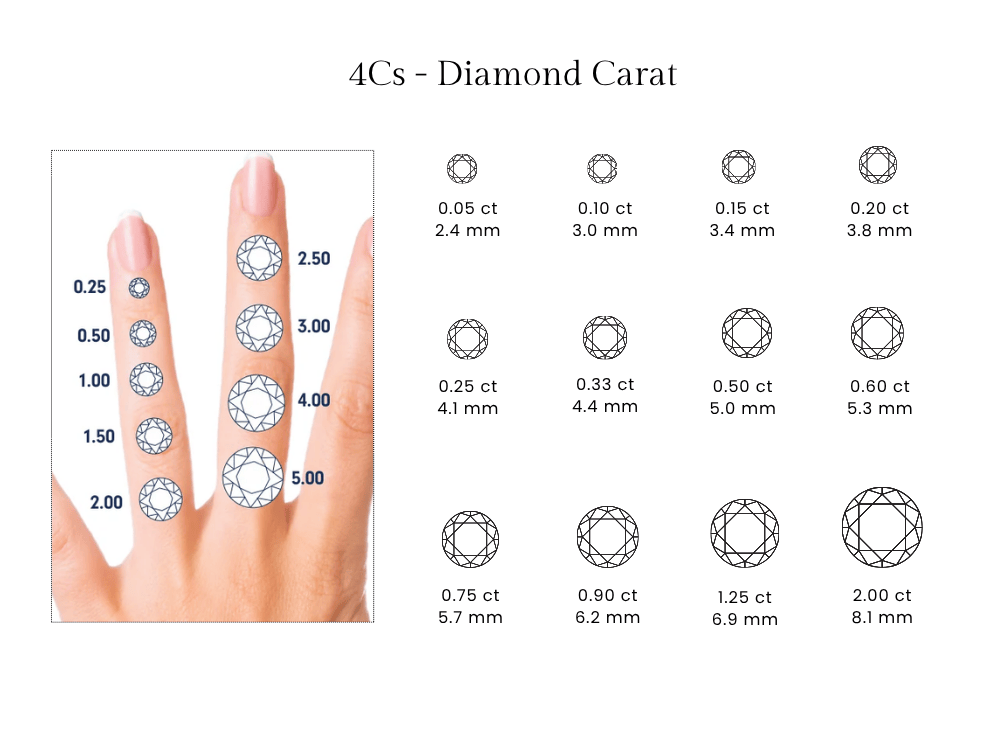
Carat – Size That Speaks
Diamonds and other gemstones are weighed in metric carats: one carat=0.2 grams. (Don’t confuse carat with karat, as in “18K gold,” which refers to gold purity.) From delicate 0.10ct to bold 5ct, we help you pick the right size for your designs and customers. Our cutters work carefully to preserve maximum carat weight without sacrificing cut quality, gving you standout stones with lasting value.
Diamond Color Grading
- Carat affects price exponentially, not linearly—a 2ct diamond costs far more than two 1ct stones.
- Center stones typically range from 0.30ct to 3ct, depending on design.
- Small diamonds under 0.10ct are often used for pavé and accents.
- Size perception can vary based on cut and setting style.
- Larger carats are rarer, which makes them more valuable.
Lab-Grown Diamonds vs. Mined Diamonds: What's the Difference?
Today’s consumers want more than beauty—they want meaning, ethics, and value. That’s why lab-grown diamonds are changing the game in fine jewelry. Here’s how they compare:
What’s the Same?
- Real Diamonds: Both are chemically, physically, and optically identical.
- Same Grading System: Evaluated using the 4Cs (Cut, Color, Clarity, Carat).
- Same Sparkle: Both offer brilliance, fire, and timeless beauty.
What’s Difference?
| Feature | Lab-Grown Diamonds | Mined Diamonds |
|---|---|---|
| Origin | Created in high-tech labs | Formed naturally underground over billions of years |
| Environment | No mining, minimal land disruption | Requires large-scale land excavation and water use |
| Ethics | Conflict-free by nature | Risk of ethical concerns in some regions |
| Price | Up to 40–70% less for the same quality | Higher cost due to rarity and sourcing |
| Availability | Easily sourced in custom cuts and sizes | Limited by natural supply and mining yields |
RESPONSIBLE
How Buying Sustainable Lab-grown Diamonds Leaves A Positive Impact
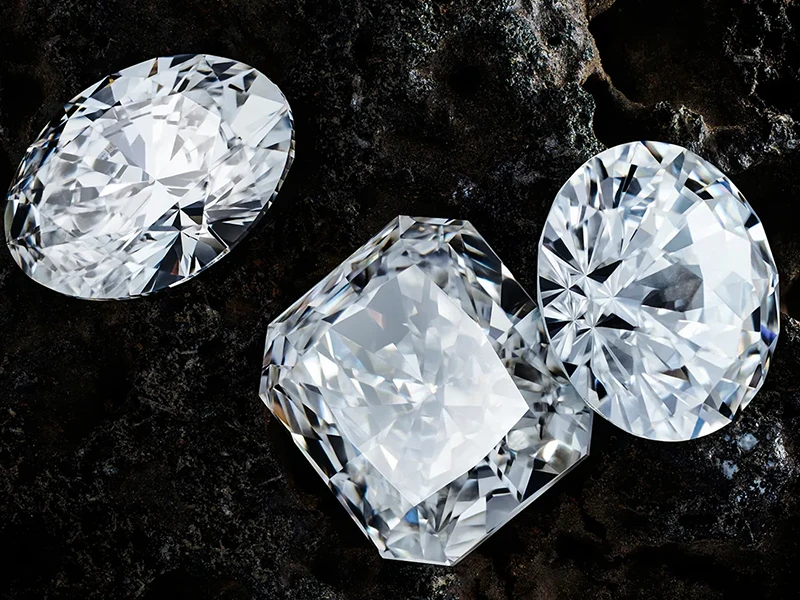
Reduced Environmental Impact
Lab-grown diamonds eliminate the need for mining, which significantly reduces land disruption, deforestation, and soil erosion associated with traditional diamond mining.
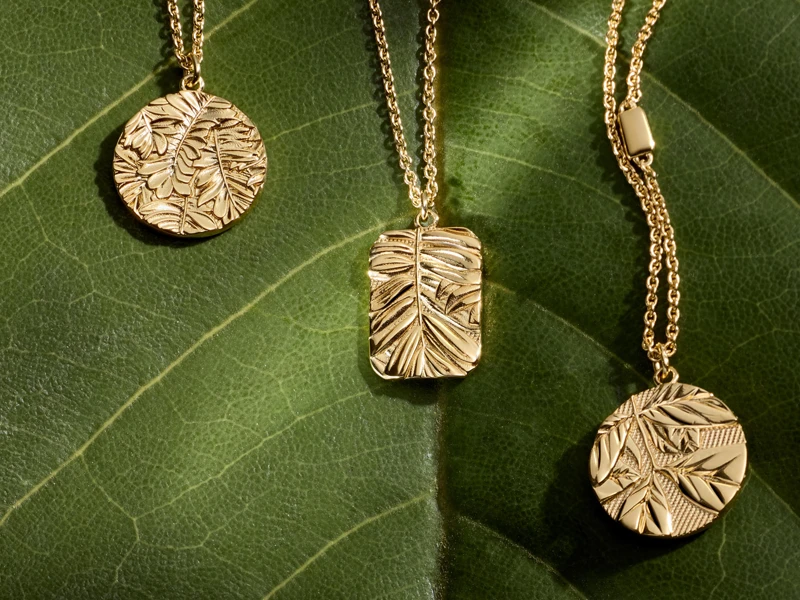
Lower Carbon Footprint
The production process for lab-grown diamonds typically emits fewer greenhouse gases compared to the extensive energy and fuel consumption required for mining natural diamonds.

Conservation of Ecosystems
Choosing lab-grown diamonds helps preserve natural habitats and biodiversity that are often disrupted or destroyed by mining activities, protecting ecosystems and wildlife.
Have more questions? We’ve got you!
Yes! Lab-grown diamonds have the same physical, chemical, and optical properties as mined diamonds. They are 100% real diamonds-just created in a lab instead of extracted from the earth.
Absolutely. Share your sketches, ideas, or mood boards, and our design team will turn them into a CAD drawing. We’ll guide you through every step-from stone selection to final polishing.
Yes, we offer IGI and GIA certification upon request. All diamonds are graded using the industry-standard 4Cs: Cut, Color, Clarity, and Carat.
We work with 10k, 14k, and 18k gold (yellow, white, and rose), sterling silver (925), and platinum. We also offer gold vermeil and gold-plated options for fashion-forward lines.
Definitely. We offer a wide range of cuts including round, oval, emerald, pear, cushion, princess, and more-along with custom cuts if needed.
